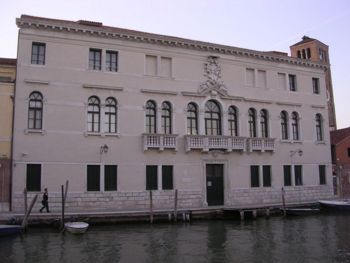One day in Murano
Da Venicewiki, il wiki di Venezia
Spend a day in the Murano island is a fantastic experience.
Being on the island where the most distinguished artists have designed and draw glasses, cups, glasses, vases most sought after and expensive in the world, means trying to understand how the glass changes from silica sand to a work of art.
But Murano is not only glasses!
What else can you see in Murano?
The Basilica of Saints Mary and Donato,
The Glass Museum
The fourteenth-century Palazzo Da Mula
Church of the Angels
Church of St. Peter Martyr with masterpiece of Giovanni Bellini and Paolo Veronese
Lighthouse
Arriving at the Railway you take the vaporetto that goes directly to Murano, the line 4.1 which is to the left of the landing bridge of the barefoot.
The stop Museum is not the first of Murano, so you have to be very careful and get off at museum to be closer to the beginning of our journey.
As you get off from the landing stage, turn right along the fondamenta which runs alongside the Grand Canal of Murano to continue to the corner where you are forced to turn left along the following fondamenta and, after 50 meters , you arrive at the entrance of the Glass Museum.
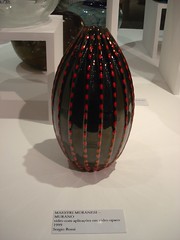
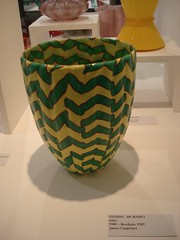
The new rooms at the Conterie, where they produced the finest pearls of infinite colors, host of temporary exhibitions always linked, of course, to the world of glass.
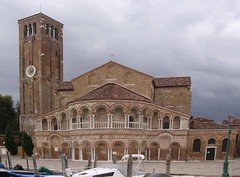
The part that you notice immediately is the circular apse, but the entrance, of course, lies on the opposite side. The monumental portal is classic Venetian Romanesque style and has as ancient Roman artefacts stands, most likely brought from Altino during the passage of the Venetian people in the waters of the lagoon.
From the old bridge that crosses the canal behind the church you see on the right, just before the entrance of the Glass Museum, the Trattoria Valmarana where you can eat a typical dish from the Venetian tradition: Do not miss the great 'starter valmarana' , consisting of a series of seasonal fish such as the Sardee in saor, the octopus , the canoce (mantis shrimp), the baked scallops au gratin , the cod with polenta .
Among the main courses: the shrimp risotto and rocket and spaghetti.
Finally, with the triumph of seconds bisato in tecia (eel in pan) and turbot, the Fried valmarana and crazy crab baked.
If before you sit at the table or during the meal given to Adriano, the owner of the restaurant, the page Venicewiki.org speaking to him, you will be honored with a manufactured object to Murano.
Leaving the restaurant you can walk into a furnace and see how you work the glass.

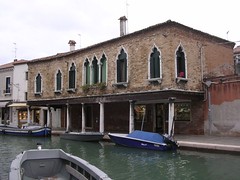
Following the directions of the Book a visit to a Murano Glass Factory a glass master will show you how a "bolo" of molten glass becomes an object of art, precious and decorative, suitable for any home setting.
Before it begins to get dark you have just enough time to take the boat that will bring back to your hotel or the Railway.
